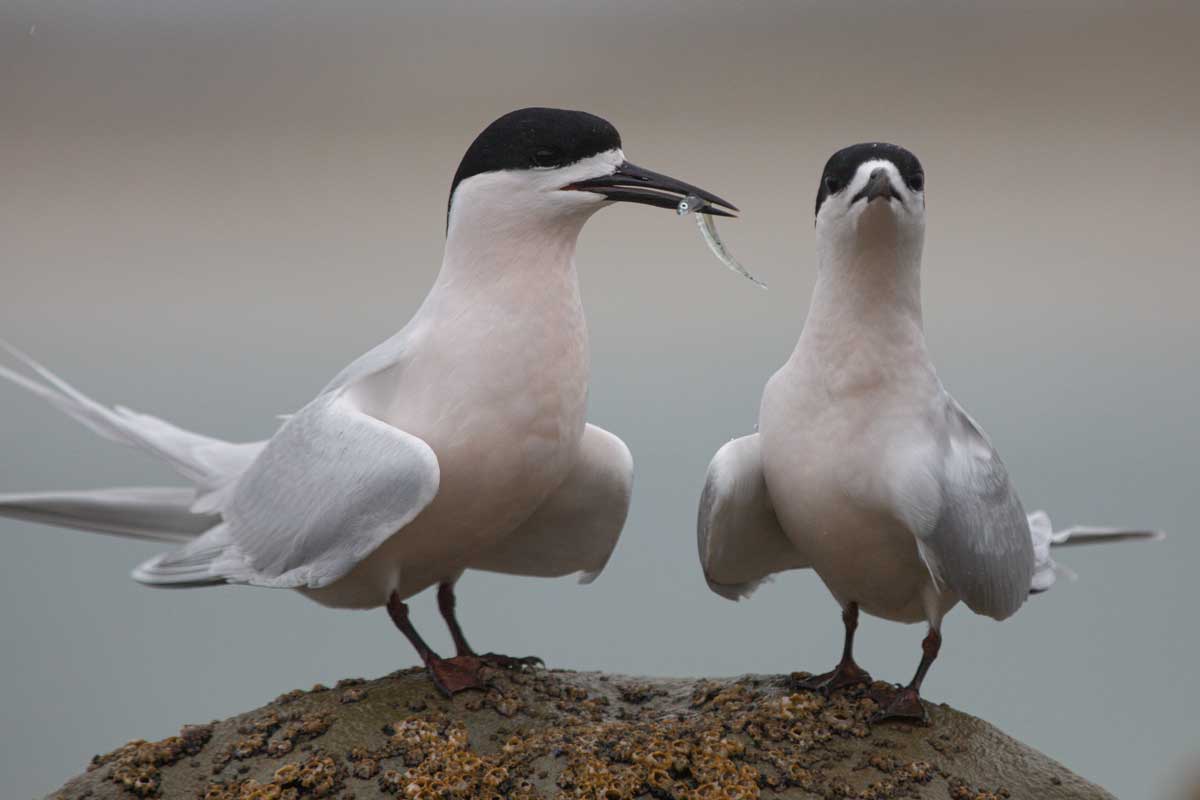
The Gulf’s Complex Web: Politicians fumble at netting simple solutions
Matt Rayner explains that allowing some fishing in proposed High Protection Areas overlooks the complex interdependencies in Gulf ecosystems.
... READ FEATURE
Matt Rayner explains that allowing some fishing in proposed High Protection Areas overlooks the complex interdependencies in Gulf ecosystems.
... READ FEATURE
New legislative ‘tools’ have been proposed to help establish more marine protection in the Gulf. Up until 28 October you can share your feedback with DOC on these proposals which support the restoration and conservation of important ecosystems.
... READ FEATURE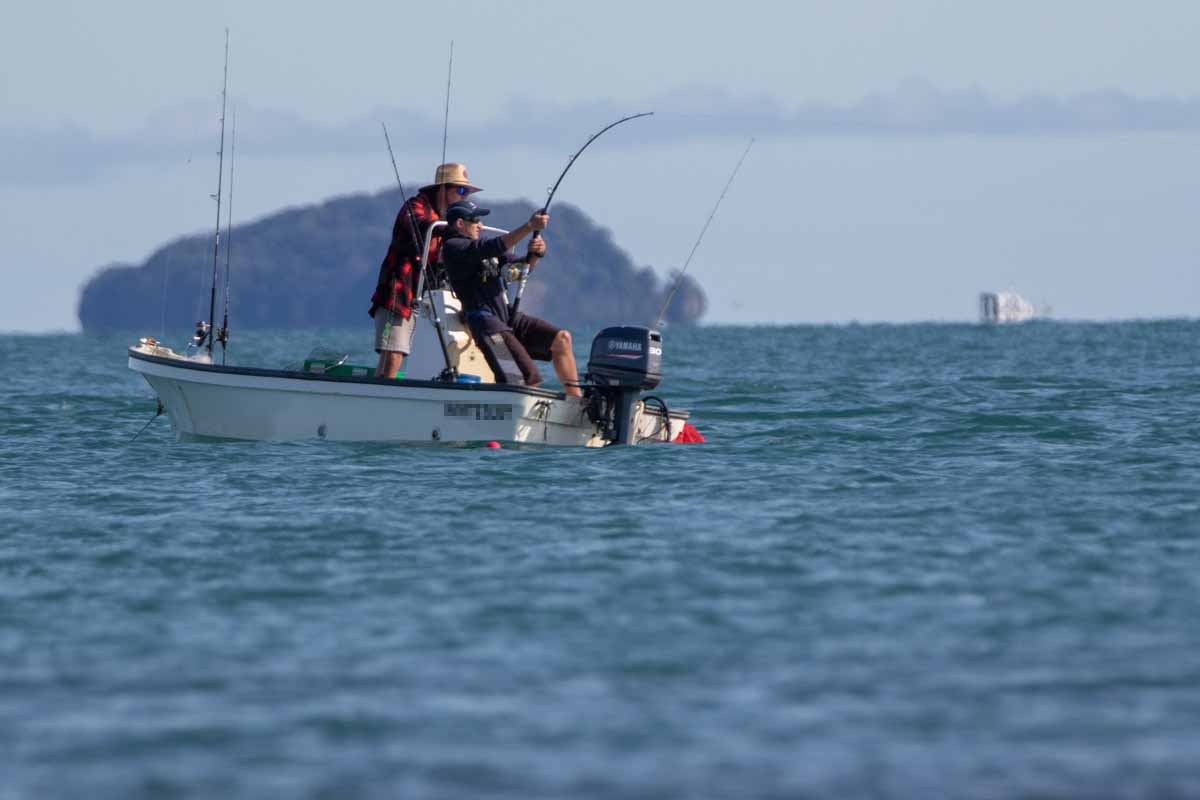
Shaun Lee looks at the NZ Sports Fishing Council rejection of the Govt action plan
... READ FEATURE
Joined at the hip with Tāmaki Makaurau / Auckland, the waters and islands of the Hauraki Gulf / Tīkapa Moana / Te Moananui-ā-toi are the breeding grounds for at least 27 species of seabirds – making it an internationally recognised seabird hotspot. 24 of these species breed within the Auckland Region, which runs from mid-Kaipara Harbour south to Karioitahi on the west coast, and from the Mangawhai Forest south to the northern Hūnua Ranges on the east coast.
Seabirds have a major influence on their surroundings and play a vital role in the functioning of the habitat around them. In the case of the Hauraki Gulf, seabirds link the land and sea. The birds come ashore and go underground, bringing marine nutrition onto the land, which in turn supports the health of the sea.
The majority of seabirds in the Auckland Region are considered ‘at risk’ or ‘threatened’ with extinction, so Auckland Council is stepping up with a seabird and shorebird monitoring and research programme – a first for local government.
The Council’s programme began in late 2018 with funding through the Natural Environment Targeted Rate. The programme aims to improve the conservation status of Auckland’s seabirds and shorebirds, and this will be accomplished by conducting much-needed monitoring to fill knowledge gaps around population health and breeding success and carrying out research relating to how the Council and its partners might go about restoring these bird populations.
The Council is collaborating with others to achieve these goals, having established partnerships with the University of Auckland, Auckland University of Technology, Auckland War Memorial Museum, Department of Conversation, the Northern New Zealand Seabird Trust, as well as various community groups keen to help out.
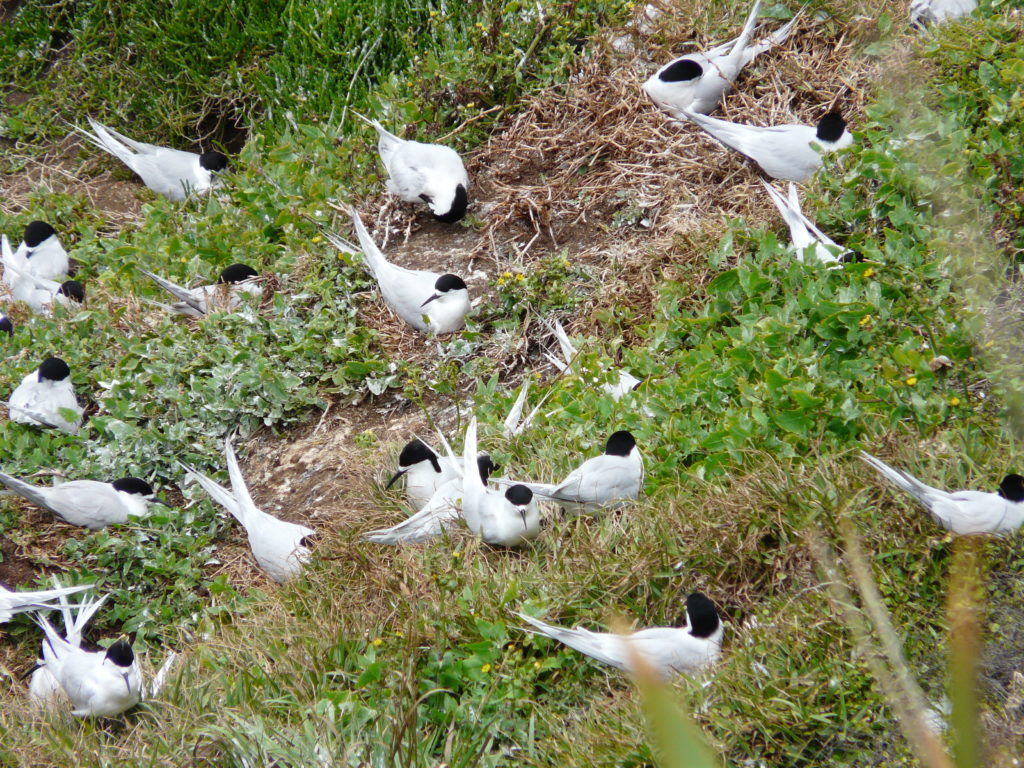
One year on, Dr Todd Landers, Senior Scientist with Auckland Council’s Research and Evaluation ‘RIMU’ Unit, reflects proudly on some of the programme’s achievements thus far. “Having a better understanding of the seabirds and shorebirds in the Auckland Region is critical to knowing what we can do to reverse the decline we’re seeing in our bird populations. Working alongside our partners, we’re filling in crucial knowledge gaps about our seabird populations, how successful they are, and what threats exist to them, which will help us develop and implement future management actions to help increase their populations to healthy, resilient levels.”
So far, the programme has included:
Species/Site Prioritisation: Species and sites were prioritised for the first phase of the programme, based on a review of existing research.
The Noises Seabird Restoration and Monitoring: A parekareka (spotted shag) restoration site has been set up on Otata Island (the largest in the Noises islands group) in collaboration with Auckland War Memorial Museum and the Noises’ landowners, where attempts are being made to establish a new colony of spotted shags using an acoustic attraction system and parekareka decoys. The acoustic system also broadcasts calls from other key species so as to attract them to this predator-free site, and monitoring of the takahikare-moana (white-faced storm petrel) is taking place on Ruapuke/Maria Island.
Motukino (Fanal) Island Programme: The Council began surveying Fanal Island (Mokohinau Group), a large island with little existing biodiversity knowledge. The survey has included classification of vegetation types, assessment of what habitats are present, and identifying some of the seabird species that might breed on the island, including potential signs of species breeding nowhere else in Auckland.
Pokohinu (Burgess) Island Programme: A seabird monitoring network is being developed on Pokohinu Island to assess all species breeding there. The first survey was completed in late 2019, which builds on the collaborative monitoring work that’s been done over the last couple years with Auckland University of Technology.
Shag Surveys: Coastal surveys for Auckland’s five shag species were conducted over a large portion of the coastline and Gulf island sites including Waiheke, Tarahiki, Pakatoa, Rotoroa, Motuihe, Kawau (and smaller surrounding islands), Motuora, and Lake Pupuke, with several active shag colonies identified which will be followed up for population and breeding success assessments.
Community Seabird Monitoring: The Council has been working with restoration groups at a number of locations in Auckland where they are trialling community-based seabird monitoring.
Dr Landers says “We hope that community participation in our monitoring programmes gives more Aucklanders the opportunity to get involved and engaged with our taonga. Our seabirds are very special and we have an incredible diversity right here in Tāmaki Makaurau. But the birds urgently need our help to recover.”
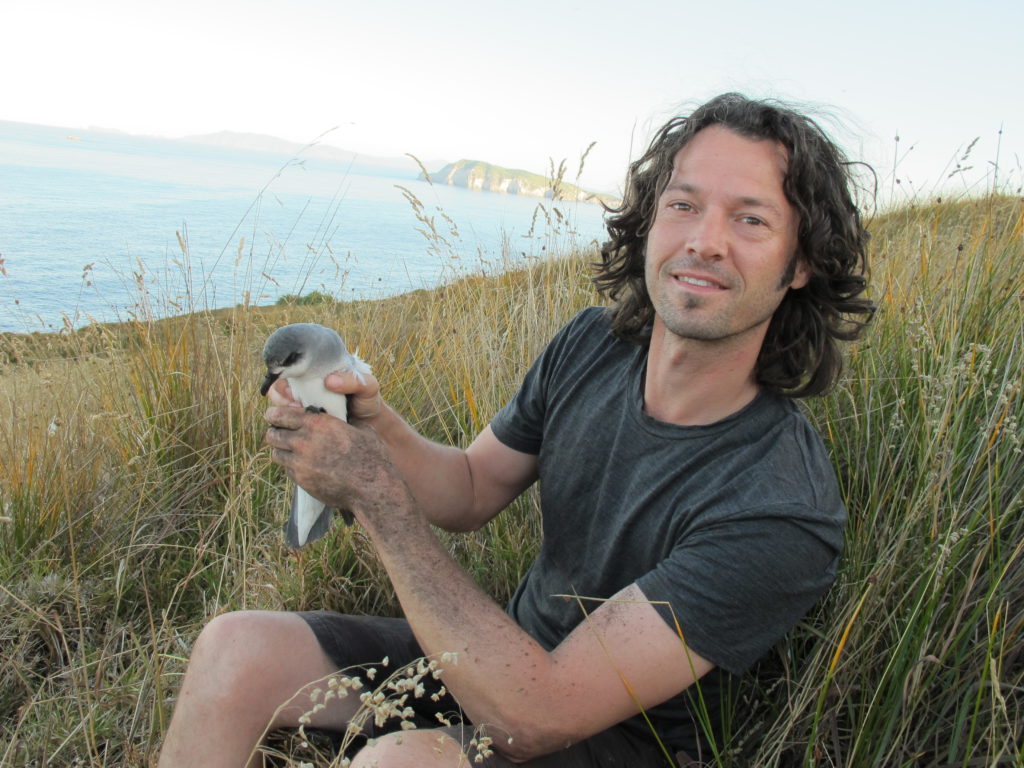
To get involved or find out more about the programme please contact Todd Landers on todd.landers@aucklandcouncil.govt.nz
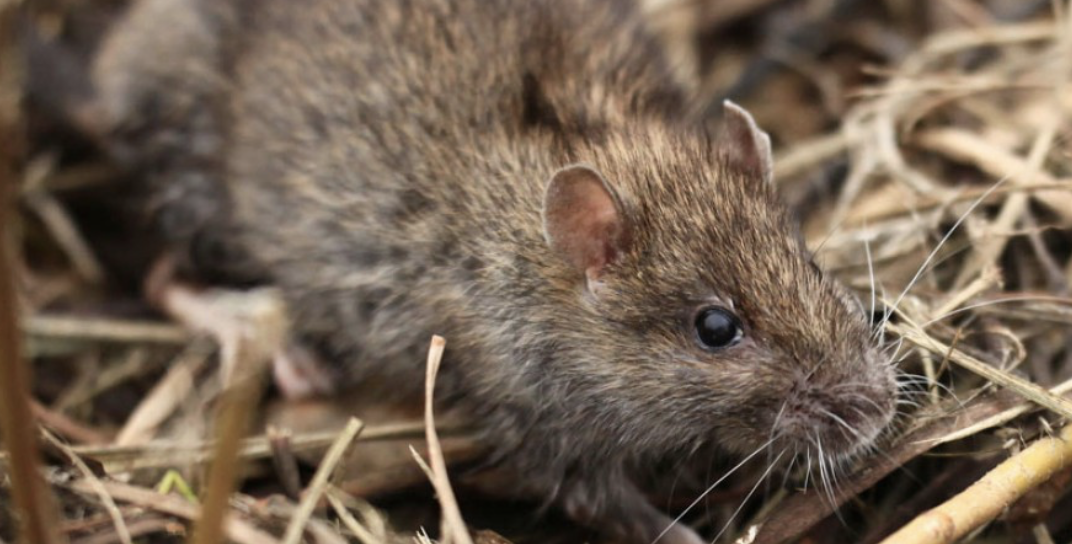
A partnership between Auckland Council, adhesives company Selleys, and peanut butter producers Nut Brothers is deploying 22,000 rat bait blocks and 160kg of peanut butter. The Talon wax blocks will be used in continuing trapping efforts on the Hauraki Gulf Islands and in remote rural areas as part of the Pest Free Auckland Programme:
According to Brett Butland, Auckland Council’s Pest Free Auckland Director, an unusually high seeding led to a wealth of food for native species. This has also fueled high populations of pests such as rats and stoats. These pests pose a serious threat to native wildlife as predator populations build up during the spring and summer months.
“We want to stay ahead of the game and ensure our predator free islands remain that way.”
“We know that rats prefer organic oils – like the ones contained in peanut butter – and they’re more likely to draw the pests to the bait stations. The rat bait and peanut butter work really well together.”
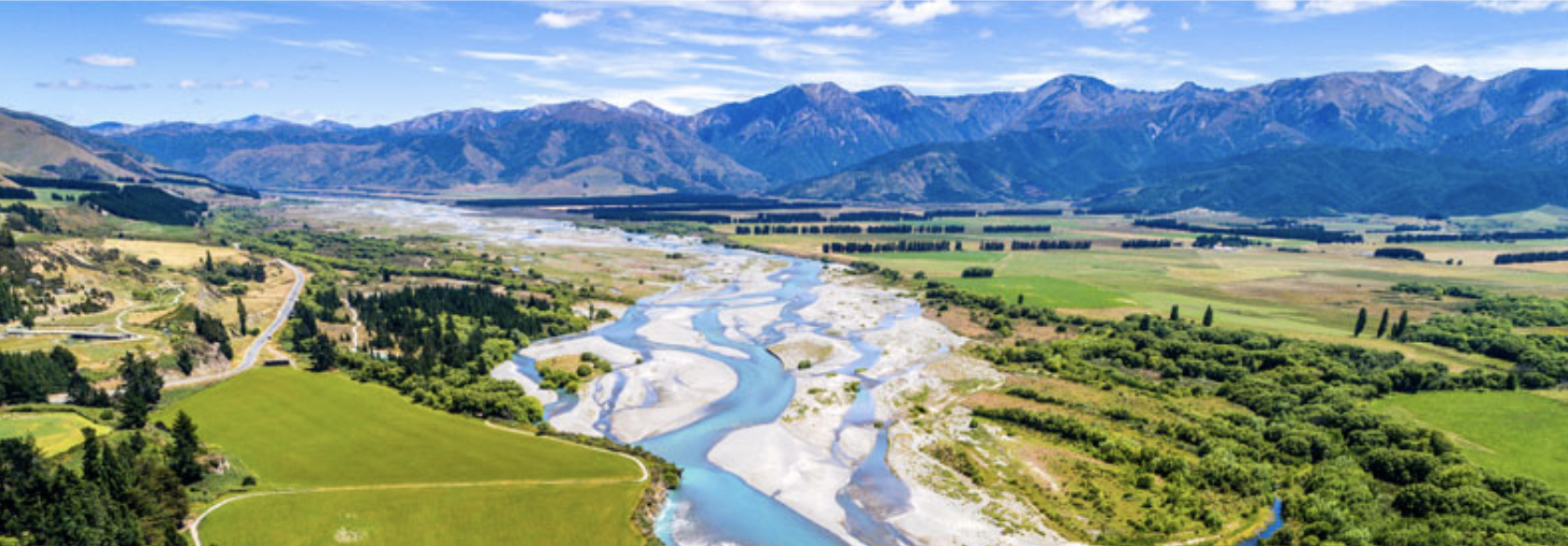
The Ministry for the Environment has launched consultations on improving management of New Zealand’s rivers and lakes: “Action for Healthy Waterways: A Discussion Document on National Direction for our Essential Freshwater”.
As the discussion document notes our fresh water is suffering as a result of human activity, primarily from urban development, agriculture, horticulture and forestry. Urgent action is required to stop an already bad situation getting worse. Proposed action includes: better management of stormwater and wastewater no further loss of wetlands and streams tighter controls to prevent sediment loss from earthworks and urban development farmers and growers understanding and managing environmental risks and following good practice new standards and limits on some farming activities in some regions or catchments.
Beyond those proposals the Government is also working on other parts of its plan for freshwater, including allocation of allowances to discharge nutrients, institutional/oversight arrangements for the freshwater management system, and addressing Māori rights and interests in freshwater.
It is important that you have your say on these landmark reforms. Submissions will be accepted until 31 October 2019.
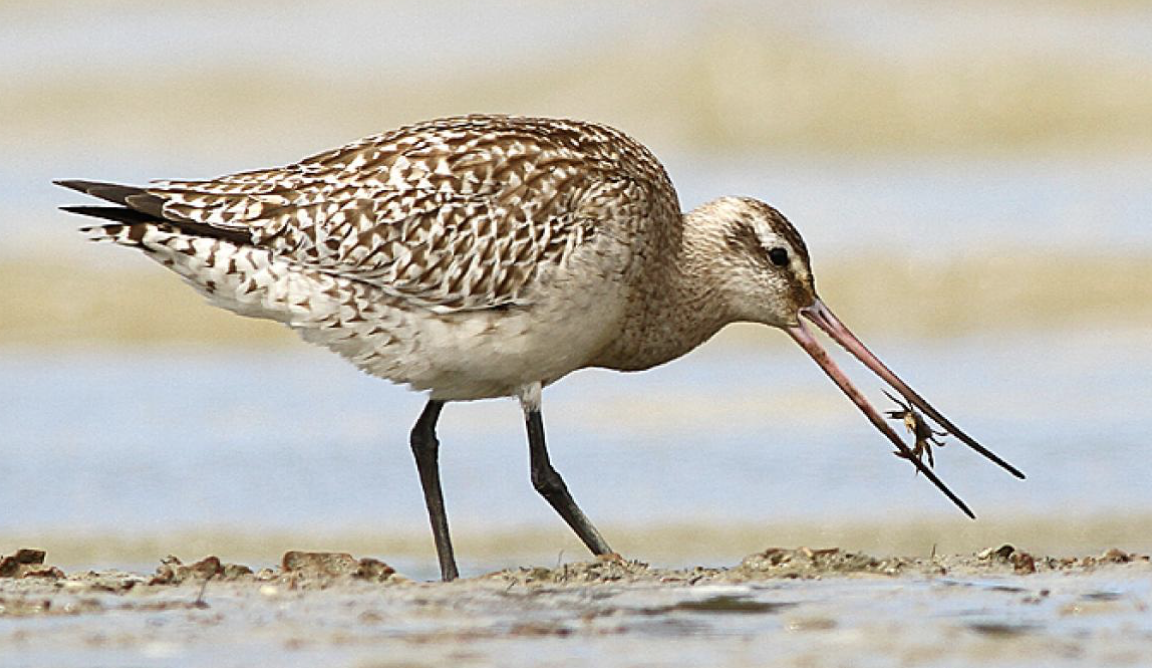
The Government made its intention clear with the announcement to protect a flight path of a species of native birds who frequent the Thames coast before flying to the Arctic.
The announcement, which was made by Prime Minister Jacinda Ardern and Conservation Minister Eugenie Sage, signals that the Yellow Sea is now classified as a World Heritage site.
The Red Knots and Godwits fly from the Firth of Thames to their breeding ground every year which is a 12,000km journey.
Red knots breed in Siberia, while the godwits breed in Alaska. Both the red knots and godwits land at wetlands in China to refuel, before flying on to their breeding sites.
However, due to the mudflats around the Yellow Sea being destroyed by development, there has been a decline in shorebirds numbers.
“This recognises the importance of retaining mudflats,” Sage said.
“We’ve seen the loss of about two thirds of mudflats in that area, but now China is committing to their protection.
“It’s really great news for godwits and knots and it makes their journey a bit safer.”
The specific sites the birds use will be part of a Yellow Sea World Heritage proposal to be developed by China with support from other partners in the East Asian-Australasian Flyway Partnership.
The East Asian-Australasian Flyway for migratory birds extends from Awarua Bay in the south of New Zealand and crosses China on its way to the North Slope in Alaska.
“Equally important is the work being done on this side of the Pacific. The recent acquisition of the Robert Findlay Reserve at Miranda was a significant local contribution to the conservation of migratory shorebird habitat in New Zealand,” Sage said.
Prime Minister Jacinda Ardern said New Zealand was part of an international community that had a duty of care, and also commended the work done by volunteers and supporters of the Pukorokoro Miranda Shorebird Centre.
“You are creating an environment where the next generation will feel motivated to continue the conservation work that you’re doing, not just here but globally.
“You have my word that when I get the opportunity, I am happy to continue the diplomacy you’ve been undertaking.
“If it’s not to advocate for our people but to also act as guardians and demonstrate kaitiakitanga to the birdlife that call New Zealand part of their migratory routes.”
Centre manager Keith Woodley said the profile of the country’s shorebirds needed to be raised and likened their voyage to humans doubling their weight and running a marathon.
“That’s essentially what these birds are doing,” he said.
“They double their weight and they go on this huge endurance flight. Of course, we couldn’t do it, but they are superbly equipped and adapted to doing it.”
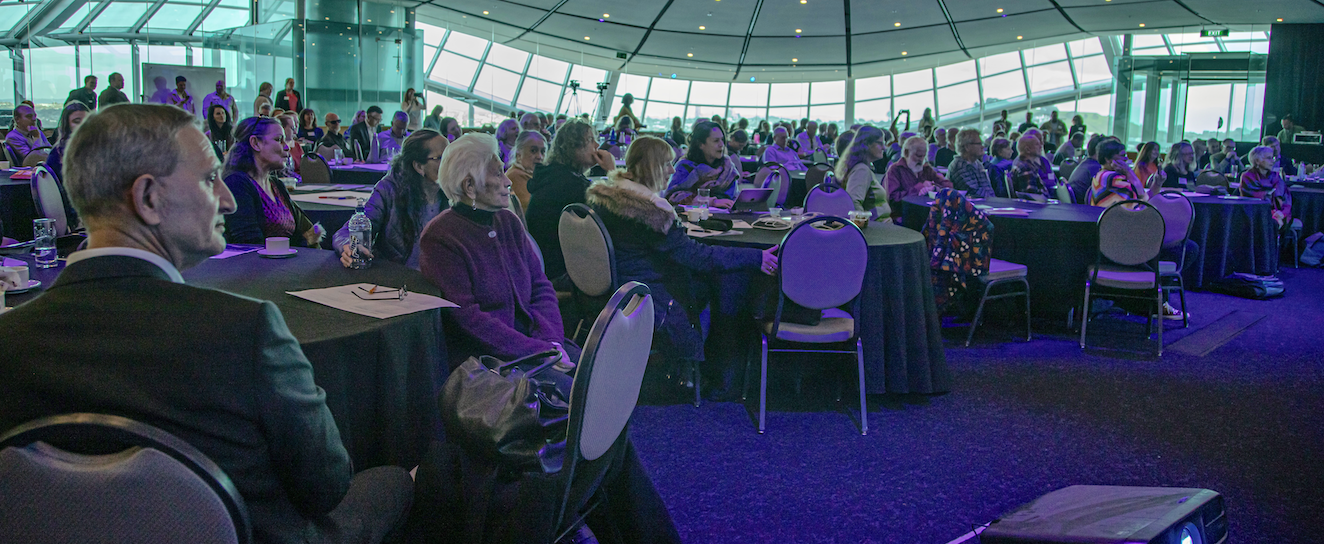
The 2019 Hauraki Gulf Marine Park Conference – Making Waves: Protecting and Restoring the Marine Park – saw over 250 participants flock to Auckland’s War Memorial Museum at the end of August. The annual event, which was held on August 27, saw an audience treated to a range of engaging and interactive presentations about the Marine Park which can be viewed here (http://gulfjournal.org.nz/seminar-talk/?seminar-name=2019-making-waves), but they also had the opportunity to participate in group sessions as a collaborative approach to further shape the Forum’s recently announced Big Goals of at least 20% marine protection and 1000sq kilometre of shellfish restoration.
The Holdaway Awards, which recognise extraordinary contributions to the Marine Park were presented to Betty Whaitiri Williams, former inaugural member of the Hauraki Gulf Forum, and posthumously to Roger Grace, marine biologist who passed away earlier this year.
The Conference also featured a keynote address from the Minister of Conservation at which the Government announced new funding for shellfish restoration (see: https://www.beehive.govt.nz/release/government-helps-fund-efforts-restore-shellfish-beds-hauraki-gulf) and several youth focused elements including a youth panel, virtual reality experience by NZ Geographic and BLAKE, and a view of the future from Young Ocean Explorers. Finally, conference participants worked together on the elements for a potential future vision for the Marine Park.
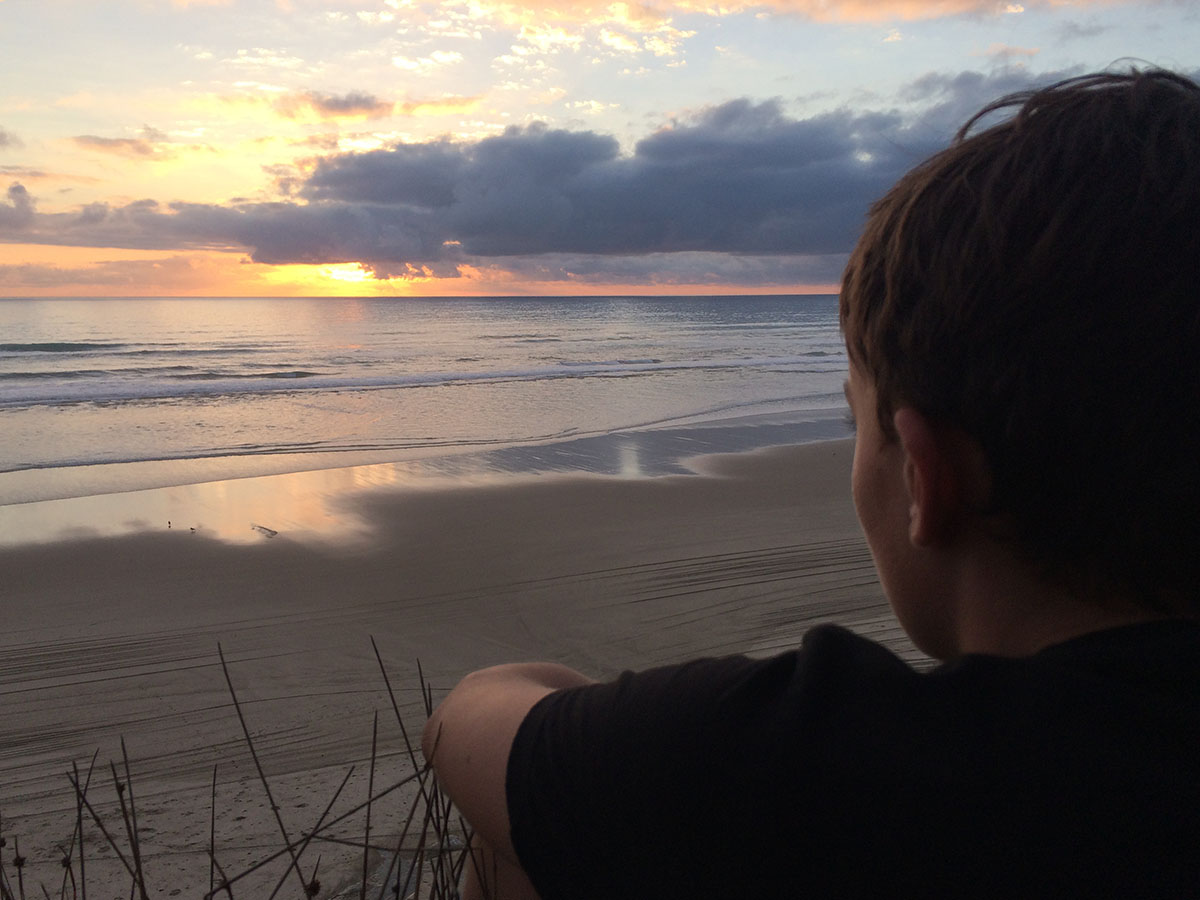
The Hauraki Gulf Forum has recommended two aspirational long-term goals for the 12,000-square-kilometre marine park.
... READ FEATURE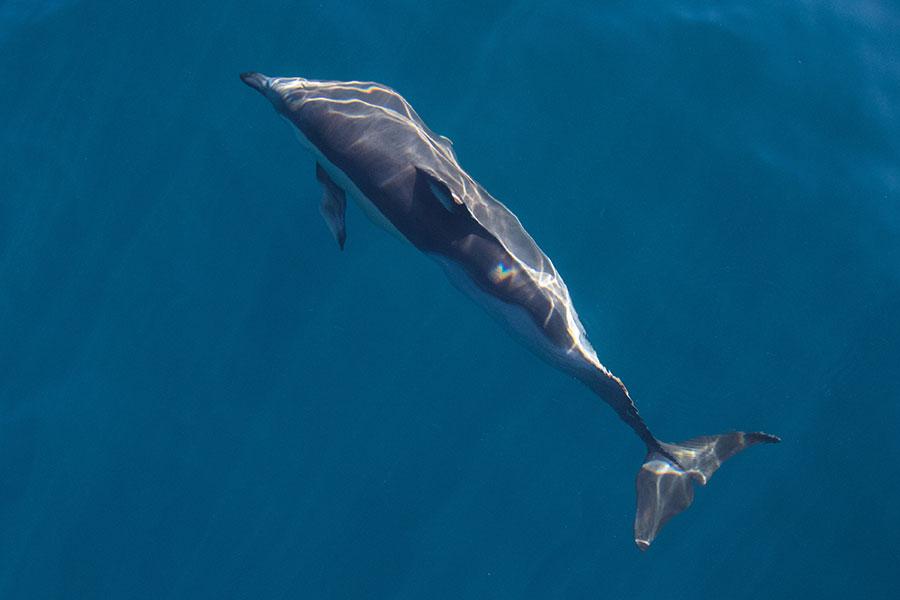
An area of South Island coast and ocean the size of Auckland is being tagged for protection under a proposal supported by Minister of Fisheries Stuart Nash and Minister of Conservation Eugenie Sage. The Ministers have decided to progress a comprehensive marine protection network in the south eastern South Island and will soon consult on the plan which covers 1,267 km2 and includes 18 of the 22 coastal habitats in the Forum area, seven of 12 estuarine habitats and two biogenic habitats. The Department of Conservation and Fisheries NZ plan to release a document for public submissions later this year.
More information about the proposed network can be found on the Department of Conservation’s website here.
The network is somewhat emblematic of what the Hauraki Gulf Forum is seeking to achieve with its recent announcement to recommend that 20 per cent of the Marine Park be protected.
Under current legislation, there are several tools available for marine protection. One such tool is a rāhui, which is a temporary ritual prohibition, designed to preserve the cultural, ecological and physical environment.
On 14th February, Te Whanau ā Rangiwhakaahu Hapū, led by chairman Aperahama Edwards, announced its intention to place a rāhui over the Matapouri Mermaid Pools in Northland, also known as Te Wai O Taniwha. The pools can draw thousands of visitors to the Northland coast every weekend. The iwi has put a rāhui tapu in place due to the damage caused by tourists leaving behind rubbish, urinating and sunscreen.
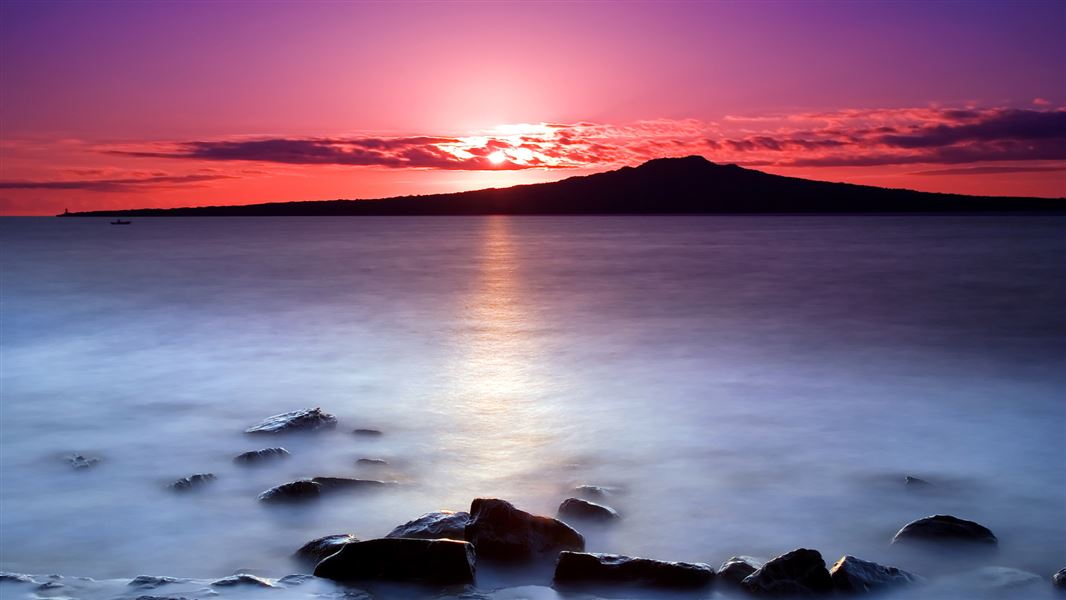
Auckland iwi Ngāi Tai ki Tāmaki has unveiled tourism aspirations which include biking tours and accommodation on Mototapu Island. In mid-January, the iwi signed a conservation relationship agreement with the Department of Conservation, which confirmed their role as mana whenua in influencing policies, looking after the whenua (land) and taonga species, providing visitor information and protecting waahi tapu (sacred sites). They currently hold a concession to conduct commercial tours on both Rangitoto and Motutapu. The agreement was part of last year’s Ngāi Tai ki Tāmaki Treaty of Waitangi Settlement.
Last year the Supreme Court heard challenges by the iwi to ferry and tourism concessions granted by DOC. The Court confirmed the iwi as kaitiaki over the motu, with the Court saying that the rohe of Ngāi Tai ki Tāmaki extends across Tīkapa Moana/Hauraki Gulf and includes the ancestral motu of Rangitoto, Motutapu, and Motu-a-Ihenga (Motuihe), with which it has deep and long-standing connections.

Sea Change – Tai Timu Tai Pari was the first of its kind in New Zealand – a bold initiative to create a marine spatial plan. The Office of the Auditor General (OAG) decided to see what lessons could be learned from this ambitious undertaking. They looked at how the agencies involved set up the project and prepared the plan, including a focus on the project’s governance arrangements and planning for implementation.
The OAG says that “in many ways, the project was a successful example of a stakeholder-led collaborative approach. It resulted in a completed plan with general support from those who prepared it. However, the plan is not easy for the agencies to implement and those involved in the project are frustrated at the lack of progress in implementing the plan. Our report identifies aspects of the project that if done better would have made implementing the plan easier, including improving stakeholder engagement and better planning for implementation.”
The report can be found here.
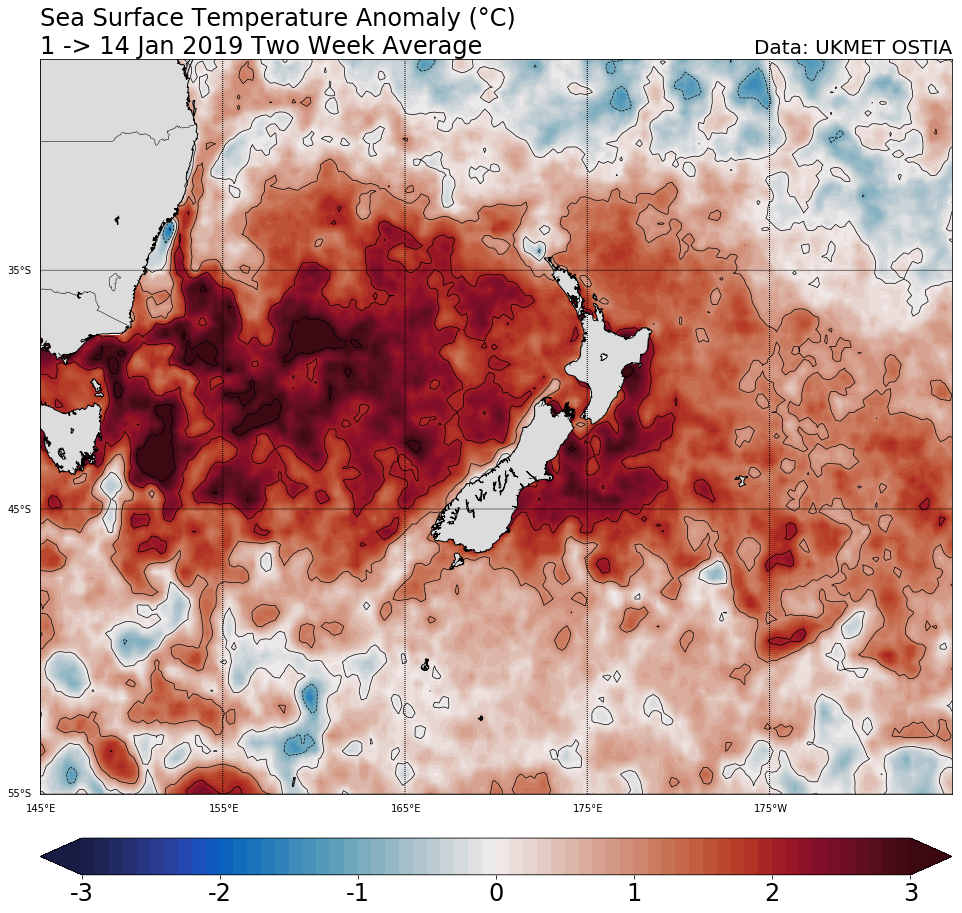
The seas around New Zealand in 2018 were the hottest on record. In late January 2019, NIWA scientists published a report showing that water in the New Zealand region is significantly warmer than it was 30 years ago, and all indications are the warming trend will continue. A record-breaking marine heatwave last summer was the key driver of 2018’s hot temperatures, with parts of the Tasman Sea at times as much as 6C higher than average.
The results have been published in the New Zealand Journal of Marine and Freshwater Research.
The alarming statistic also coincides with NIWA reporting in its Annual Climate Summary that 2018 was the second-equal hottest year on record.
NZ Herald Reporter Michael Neilson reported on some of the stark threats to marine life and New Zealand’s seafood sector in his article here.
Read more about the NIWA report here.

The Environmental Protection Authority (EPA) has granted Coastal Resources Limited a 35-year marine consent to dispose of 250,000 cubic metres of dredged sediment each year.
The company already has permission to dump 50,000 cubic metres of sediment at the disposal site – known as the Northern Disposal Area, 25 kilometres east of Great Barrier Island.
It applied in June last year to expand its operation.
Coastal Resources Limited dredges material from sites around Auckland and Waikato, including marinas.
The EPA received 76 submissions about the application and the vast majority of them opposed the granting of consent, with opponents including the Great Barrier Local Board and the Department of Conservation.
In its final decision, released 5 February 2019, the EPA’s decision-making committee said that any potential adverse effects on the environment of any disposal would be restricted to the disposal area and were negligible beyond the boundary. Further, any potential adverse effects on existing interests, such as commercial fishing, would also be negligible beyond the boundary.
Coastal Resources Limited will have to carry out regular environmental monitoring of the dumping site and any biosecurity risks will have to be notified to authorities within 48 hours.
More details can be found on the EPA’s website.
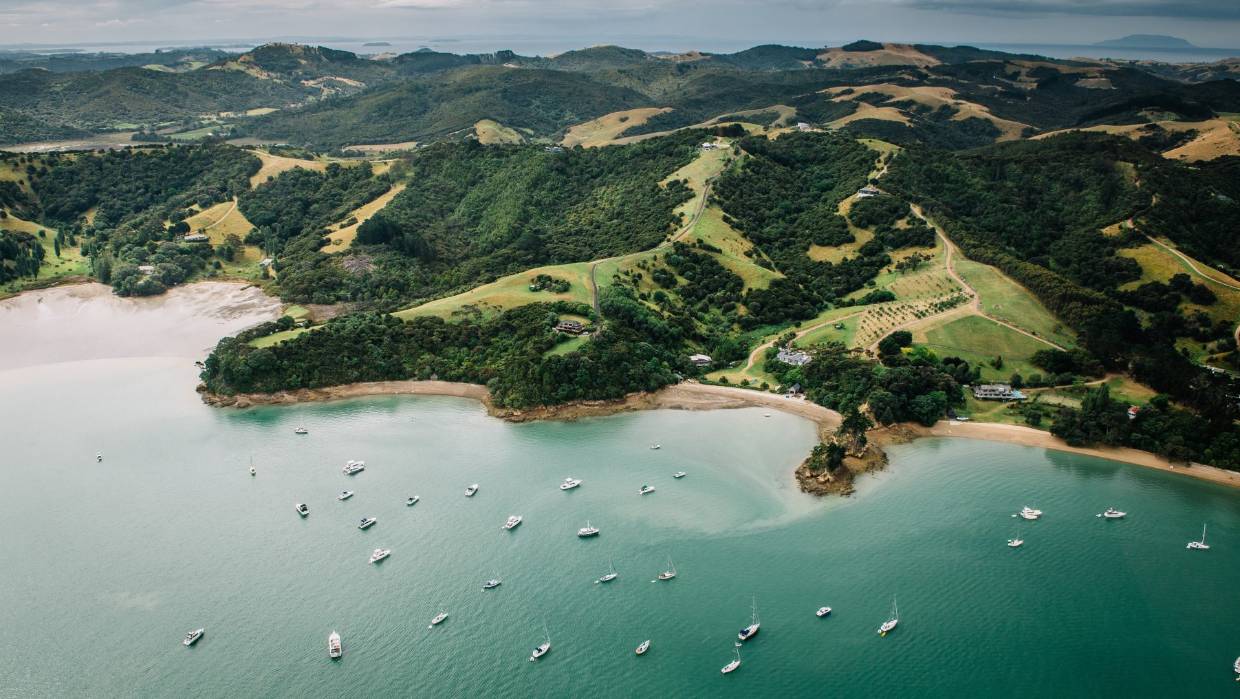
Waiheke Island is already possum free, and now plans are underway to see the island become rat and stoat free by 2025. If successful, this could make Waiheke Island the world’s first predator-free urban island. This is no small undertaking for an Island that has a permanent population of about 9000 residents and over a million visitors annually.
Auckland Council, Predator Free 2050 and Foundation North have jointly provided $10.9 million to cover a five to a seven-year programme on the island called Te Korowai Waiheke: Towards Predator Free Waiheke.
To find out more and get involved visit https://www.predatorfreewaiheke.org.nz/

Restoring the health of the Hauraki Gulf is the aim of the Sea Change – Tai Timu Tai Pari plan. It addresses issues such as marine protection, fisheries, habitat restoration, and opportunities for regional economic development.
Last week, the Ministers of Conservation and Fisheries announced their intention to set up a Ministerial Advisory Committee to play a key role in evaluating the marine spatial plan, alongside other interested parties. Both the Department of Conservation and Fisheries New Zealand have major roles to play in the aspirations expressed in the Sea Change Plan.
Proposals in the plan have been developed over four years by a Stakeholder Working Group with representatives from mana whenua, recreational and commercial fishing, farming, aquaculture, infrastructure, and environmentalists. The new Ministerial Advisory Group is due to be formed in early 2019.
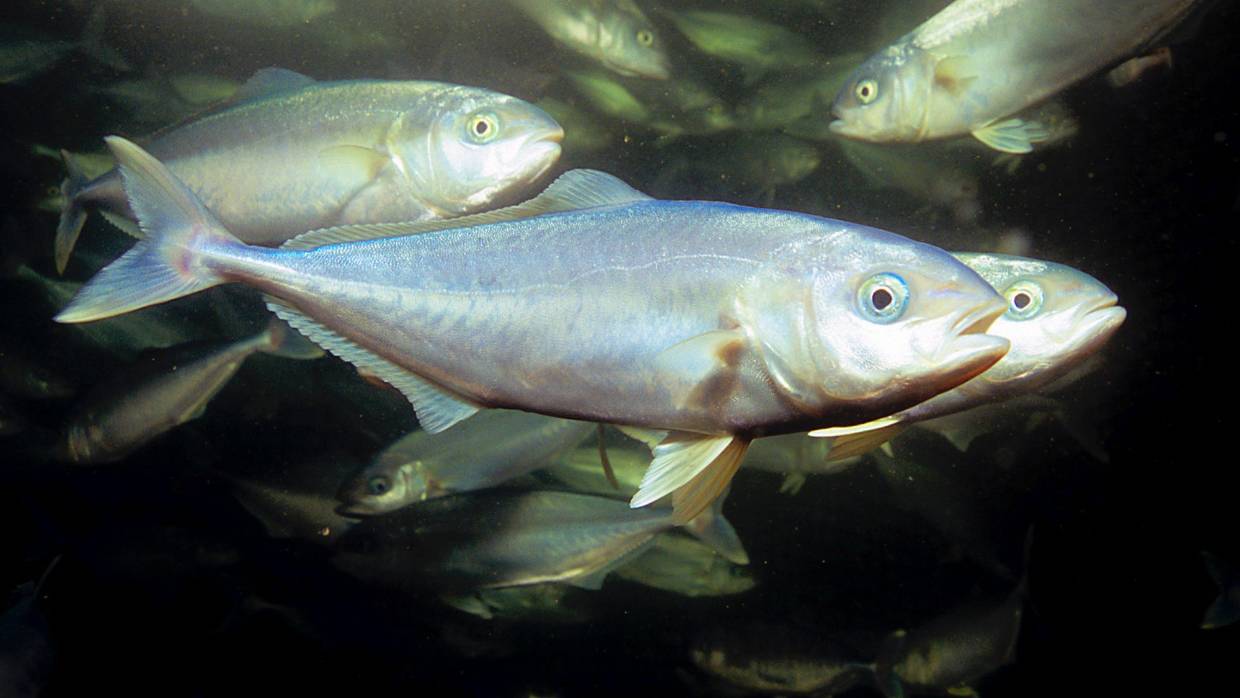
The Waikato Regional Council recently granted Pare Hauraki Kaimoana authorisation to apply for the consents to occupy 240 hectares of fish-farming space in the Coromandel Marine Farming Zone. Located about 10 kilometres offshore from Coromandel Town, in the Firth of Thames, if successful, this would be the North Island’s first offshore fish farm and would farm kingfish.
The authorisation means the company has two years to prepare and submit an application for the necessary resource consents.

Te Mana, te Ihi, te Tapu o Tikapa Moana
... READ FEATURE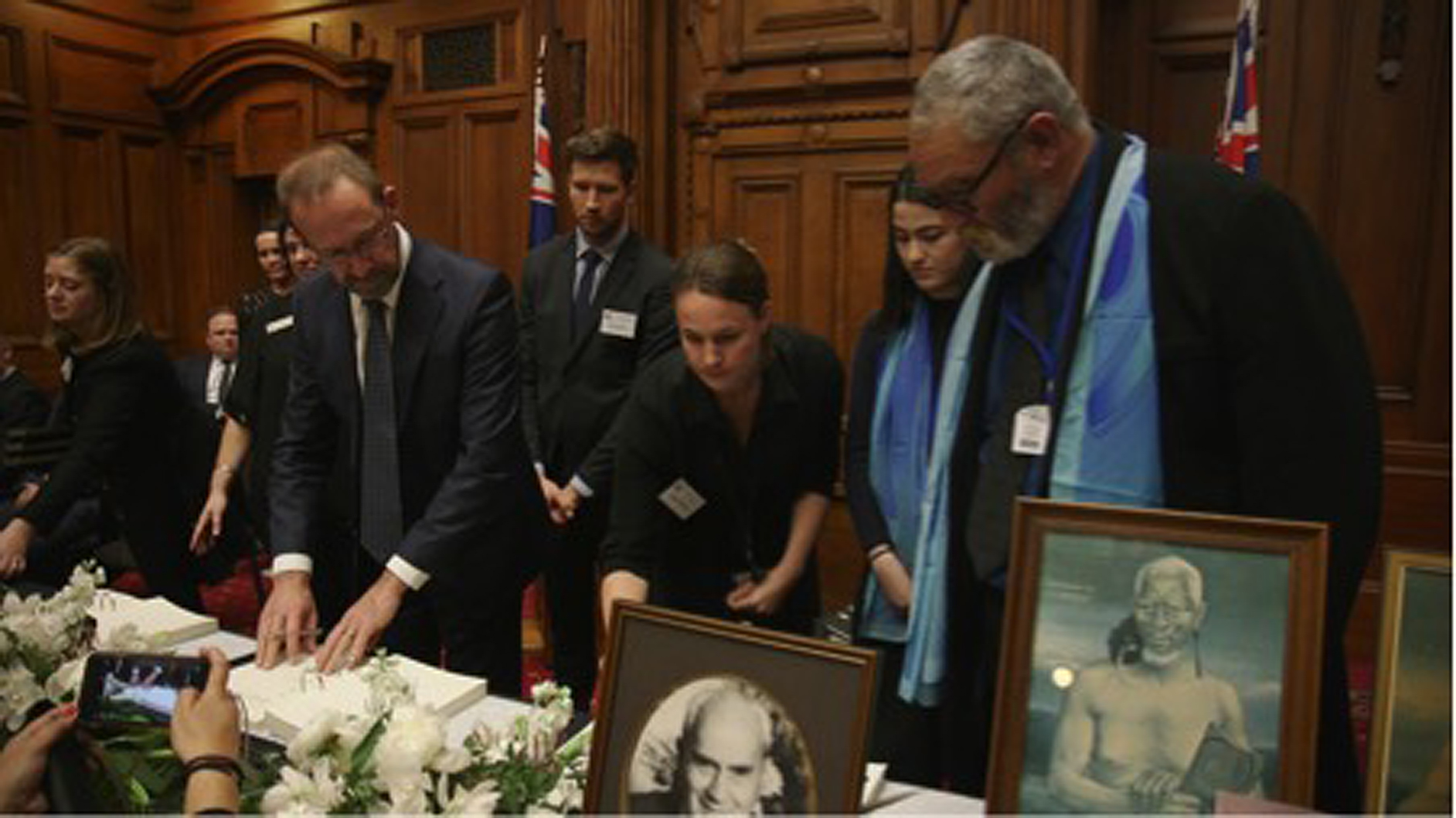
The 12 iwi of the Hauraki region have signed their Collective Treaty Settlement Deed at Parliament
... READ FEATURE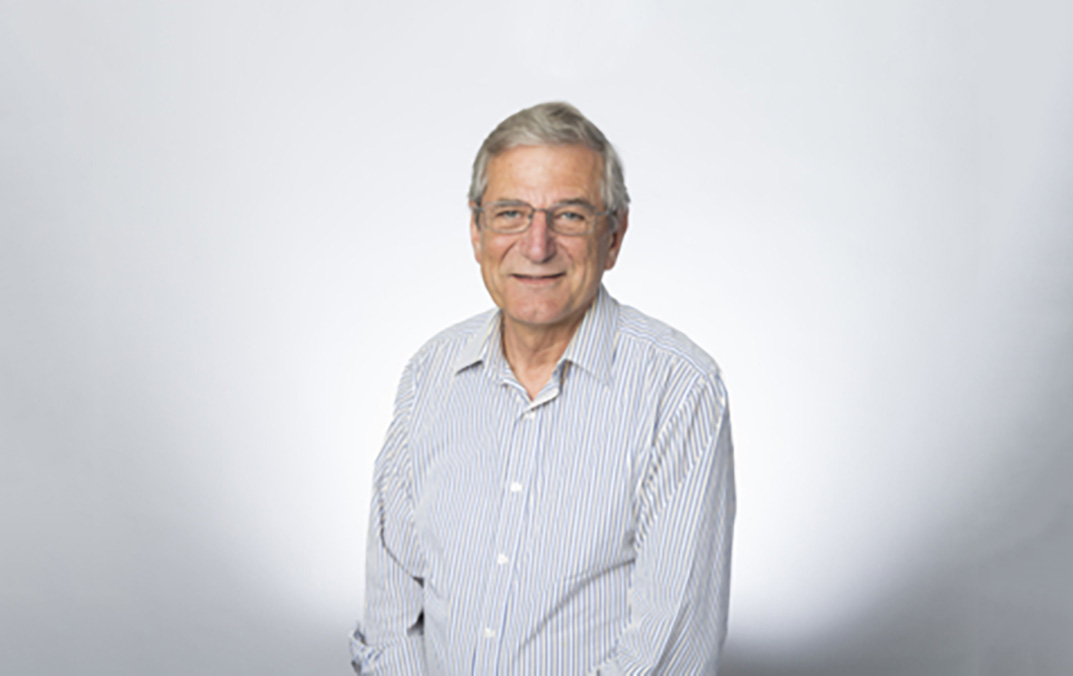
Waiheke Local Board member John Meeuwsen has been elected the new Chair of the Hauraki Gulf Forum. He becomes the fourth chair in the Forum’s 18-year history, replacing Mayor John Tregidga after a term of 11 years.
John Meeuwsen spoke to Our Auckland about his background, interests and aspirations for the Forum.
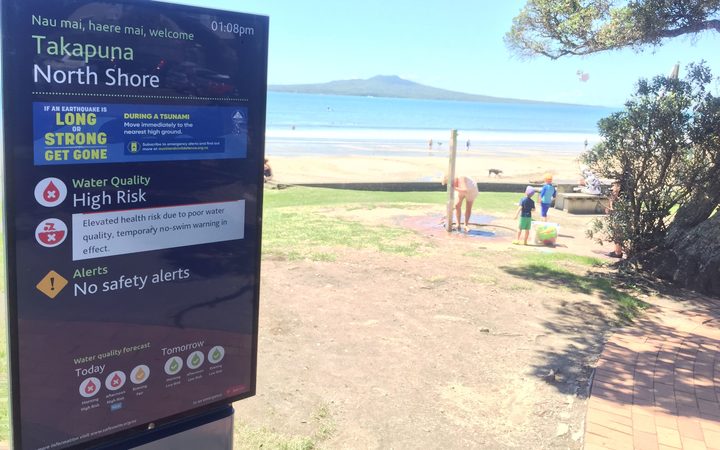
It’s not been plain sailing over summer with water quality causing headaches for surf lifesavers across the city. Auckland Council’s new SafeSwim monitoring network, is much more accurate than the old monitoring system. With some beaches unsafe for swimming for days on end, this saw many surf lifesaving events cancelled.
Surf lifesavers monitor the events, but were refusing to oversee any at beaches deemed unsafe for swimming. Organisers are now concerned these types of events will no longer be viable and put ocean swimming off the cards for many.
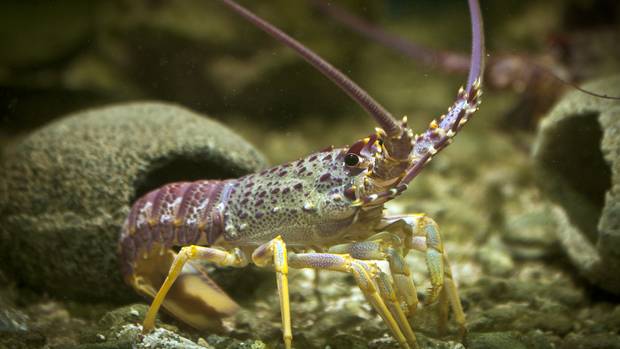
Divers and recreational fishers are welcoming reduced new limits to cray fish catches in the Bay of Plenty. This followed Minister of Fisheries announcing new limits for commercial, recreational and customary fishing for the Hauraki Gulf and Bay of Plenty. They hope the limits will help crays to rebound and believe the move is needed to preserve the fishery for the future.
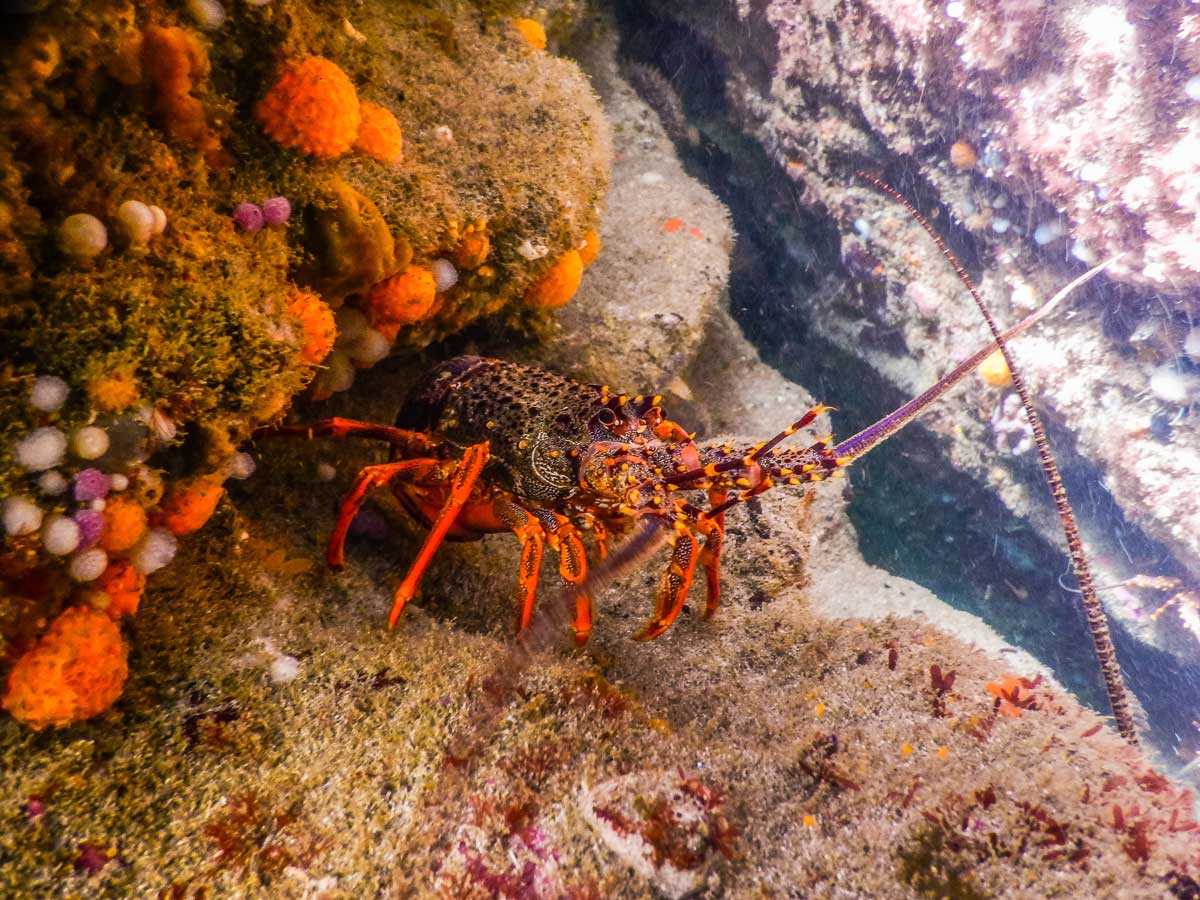
While they agree with a reduction to the crayfish catch is needed in the Hauraki Gulf and Bay of Plenty, commercial fishers are concerned at the size of the cuts.
Fisheries Minister Stuart Nash has cut the allowable catch from 200 tonnes to 80 tonnes. This will see earnings drop by about 60 percent and see commercial vessels forced off the water, Rock Lobster Industry Council CEO Mark Edwards says.
This follows a grim assessment of the state of the CRA 2 fishery.
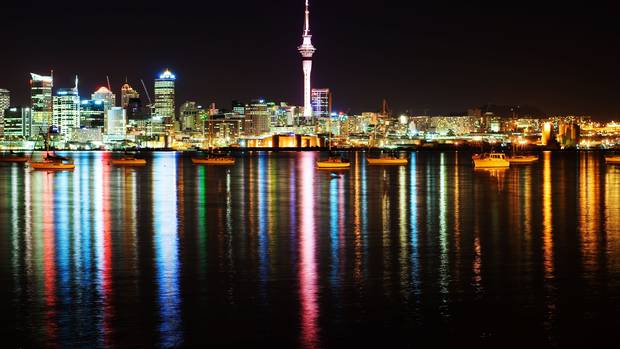
Increasing the number of visiting cruise ships and targeting passengers is just part of a new tourism strategy for Auckland by Council’s tourism agency ATEED. There are hopes of nearly double the $8 billion coming into the city from tourism by 2025. But rather than massively more tourists, the aim is to attract more higher paying ones, including from conventions and cruise ships. Building the “night-time” economy is a priority as is encouraging local events to attract off-season visitors. There is a focus on “destination management” which concentrates on the quality and sustainability of attractions.

Hauraki Gulf leaders are hopeful new Conservation Minister Eugenie Sage will pick up the baton for action in the latest State of the Gulf report and help implement a spatial plan for the park.
A lack of legal teeth, regulatory headaches, slow action and conflict continue to get in the way of meaningful change in the Hauraki Gulf Marine Park according to the recently released 2017 report.
This is the third environment report detailing the ongoing decline of the 1.2 million hectare park. Advocates say conflicts between the Fisheries Act and Resource Management Act need to be sorted out and the collaborative Sea Change Tai Timu Tai Pari spatial plan implemented.

On Friday I released a new State of our Gulf assessment, our latest snapshot of the wellbeing of Hauraki Gulf Marine Park.
It runs a ruler across 11 key environmental indicators and highlights the significant challenges we face. It measures how well we are doing in response to these now well-known issues.
The answer is not well enough: our appetite for growth, resources and development is outstripping willingness to integrate management and invest in infrastructure that appropriately protects and enhances environmental quality.
The report bookends a parallel enquiry into how we might respond to the value and wellbeing provided by the Hauraki Gulf Marine Park.
While our 2011 report catalysed investment in Sea Change – Tai Timu Tai Pari, the latest shows how the process created – for the first time – an integrated plan backed by knowledge and commitment from mana whenua and a broad range of stakeholders.
The plan’s recommendations have received scant acknowledgement from central government, while business as usual responses remain bogged down by complexity, inertia, underinvestment and conflicted agendas.
The successes documented in the new State of our Gulf report have come through increased transparency around issues and initiatives led by mana whenua, sector and community groups.
Deputy Chair Liane Ngamane and I set out 10 strategic issues needing political attention in a foreword to the report.
The high expectations of the Hauraki Gulf Marine Park legislation in 2000 are yet to be realised. It’s time to put serious shoulder and new investment behind its intended work.
John Tregidga
Chair, Hauraki Gulf Forum

A new report has been published. What has it found?
... READ FEATURE
I’m pleased a response to the Sea Change Tai Timu Tai Pari marine spatial plan is on the list of priorities for the new Minister of Conservation to consider in her first 30 days, in recently-released Briefings for the Incoming Government.
It is a year since the plan was launched and this is now long overdue.
The idea of an independent advisory group to advise marine ministers on implementation and lead additional consultation is a good one and I look forward to supporting it.
As this issue of the Gulf Journal shows there are exciting things happening around the Gulf.
Dan Hikuroa believes our success in marine spatial planning and protecting Bryde’s whales comes from listening to the voice of the Gulf.
The work of the Revive our Gulf project has reached a new stage, with mussel reefs now being created around Mahurangi harbour.
Elisabeth Easther has been revisiting people and places made familiar by her mother’s television series and book in the 1960s.
And Mary Frankham is catalysing conservation projects and stitching them together from the Gulf to the Waitakere ranges.
Enjoy these stories and a long, hot summer out and about on the Gulf.
– Mayor John Tregidga
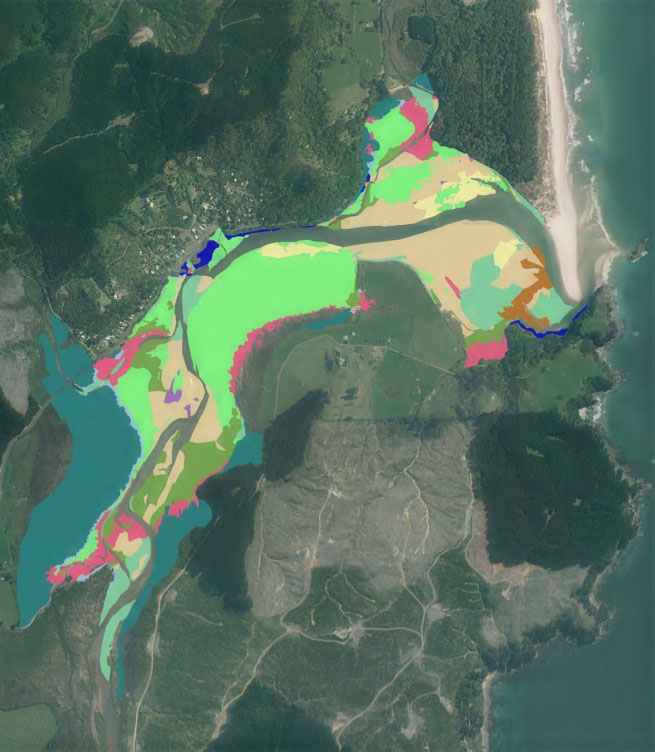
The Waikato Regional Council has published a stocktake of information on marine biodiversity in the Waikato region.
The report covers different ecological groups (benthic communities, estuarine and coastal vegetation, fish, birds and marine mammals) and four important subtidal biogenic habitats (rhodolith beds, shellfish beds, seagrass beds and sponge gardens).
It assesses the sensitivity of species and habitats to specific pressures and their significance for biodiversity in the Waikato coastal marine area.

The Department of Conservation is publishing report cards to provide a summary of the health of marine reserves.
The first two are for the Cape Rodney to Okakari Point Marine Reserve at Leigh and Tawharanui Marine Reserve. Both show declining numbers of rock lobsters.
www.doc.govt.nz/nature/habitats/marine/marine-protected-areas/marine-reserve-report-cards/

A Hauraki Gulf / Tikapa Moana marine spatial plan launched in December after three years work by a stakeholder working group is available on the Sea Change – Tai Timu Tai Pari project website.
The proposed plan contains five pathways designed to create long-term health and wellbeing for the Hauraki Gulf Marine Park. Transitions to high value wild caught and farmed fisheries, the creation of marine reserves areas and scaled up restoration initiatives, setting load limits and mitigation for sediment and nutrients, local-scale coastal management and ambitious public engagement are outlined in the December issue of the Gulf Journal.
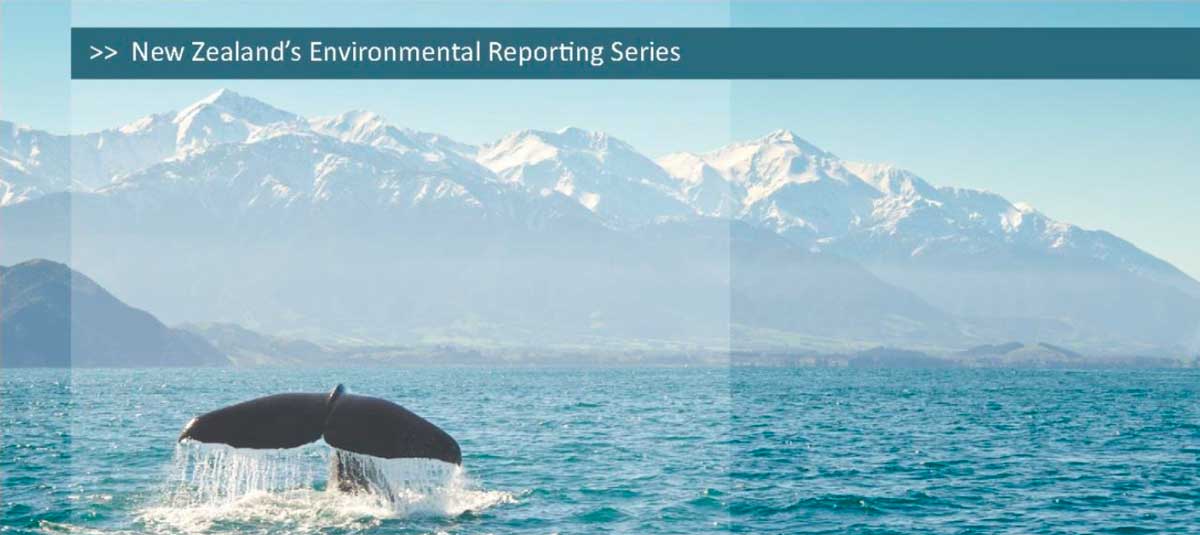
The Ministry for the Environment and Statistics New Zealand released the first individual “domain” report – on the marine environment – created under the Environmental Reporting Act 2015 in November.
The report identifies key issues facing our oceans, ocean acidification, threats to native birds and marine mammals and the state of coastal habitats.
Environment Minister Dr Nick Smith said environmental reports are fundamental to understanding and addressing environmental challenges – an area where data has been lacking.
He also said next year new legislation would replace the Marine Reserves Act “to bring our marine legislation into the 21st Century, recognising that we need varying levels of protection.”
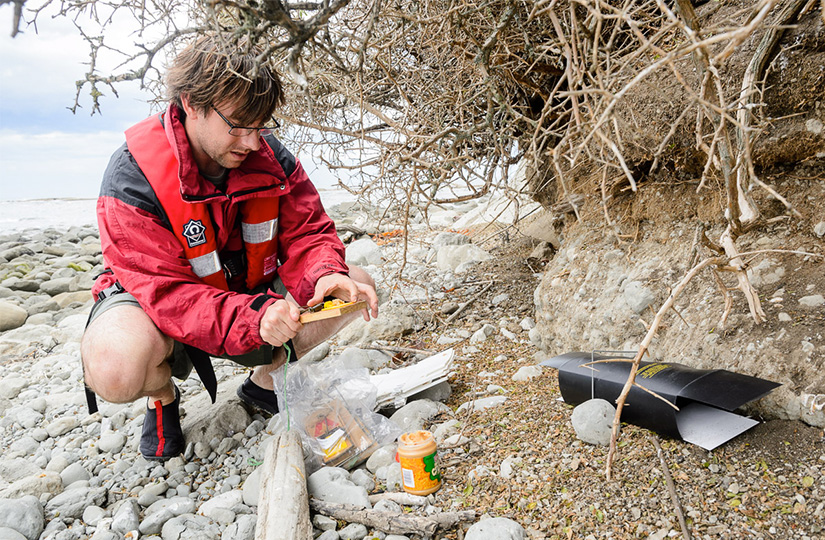
Half the island groups of the Hauraki Gulf are now free of invasive mammals, and success at intercepting hitch-hiking or swimming reinvaders is close to 100%.
... READ FEATURE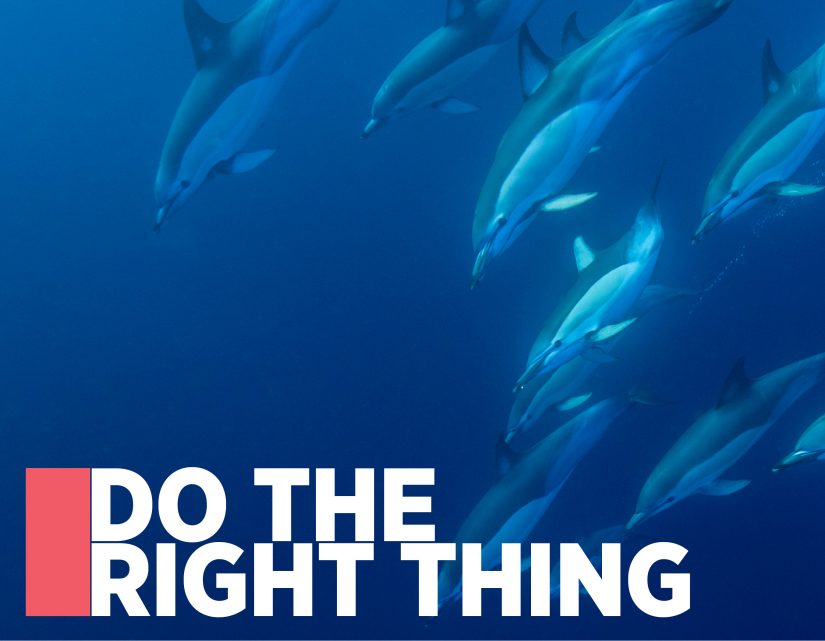
The 2016 Hauraki Gulf Marine Park Seminar asks what it takes to Do The Right Thing
The Hauraki Gulf Forum has assembled an outstanding line-up of speakers for its seventh annual seminar on Tuesday, September 13 at Auckland Museum.
Two ‘friends of the Gulf’ have received knighthoods in the recent Queens Birthday Honours List.
Sir Robert Fenwick was knighted for services to conservation and business and acknowledged for making significant contributions to sustainable development, wildlife protection, waste minimisation, environmental science, Antarctica and iwi over 30 years. Sir Rob also vested family land on Waiheke Island into the Hauraki Gulf Marine Park in 2002.
Sir Christopher Mace received his knighthood for services to science and education. He has been chairman of the National Institute of Water and Atmospheric Research since 2009 and is currently chairman of the Sir Peter Blake Trust Awards selection panel. Sir Chris has been a long time champion for research and education investments in the Hauraki Gulf.
Groups have until 1 July to apply to a multi-million dollar fund set aside to support community conservation.
The DOC Community Fund was set up in 2014 to distribute $26 million over four years to inspire and enable community-led conservation projects around New Zealand.
Great Barrier Island Aotea Track has re-opened. The three-to-four track was extensively damaged by a storm in June 2014. The repairs to five bridges and 13 temporarily re-routed sections cost $353,000.
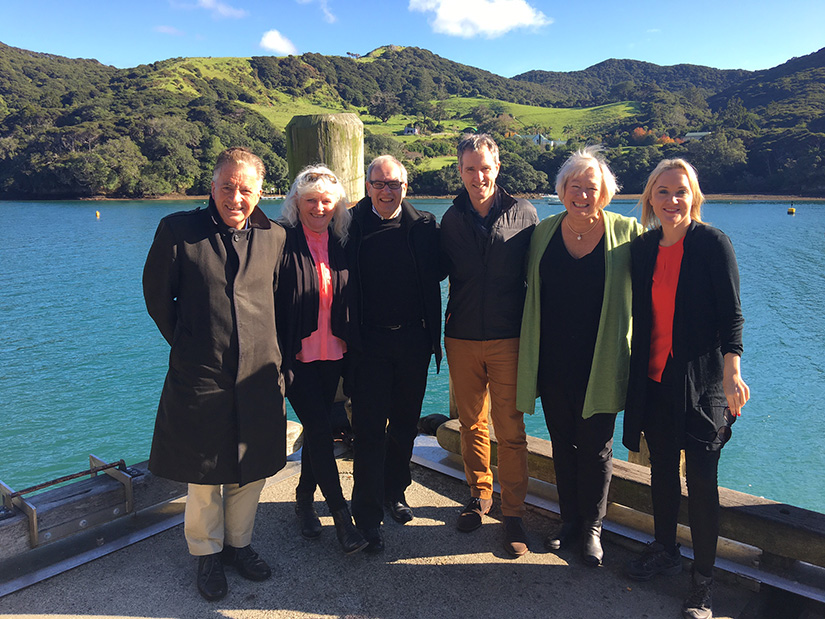
The purchase of the 83ha Glenfern Sanctuary on Great Barrier, created in 1992 by Tony Bouzaid, was announced in June. It was enabled through a combined $1.25 million by Auckland Council and the Great Barrier Local Board. The Minister of Conservation, through the Nature Heritage Fund, will contribute $975,000 and Foundation North $675,000.
Auckland Mayor Len Brown said “we will care for Glenfern and continue to contribute to the conservation of the Kotuku Peninsula with pride.” Great Barrier Local Board Chair Izzy Fordham said the sanctuary creates opportunities for conservation, education and economic outcomes for the island and the Hauraki Gulf.
The sanctuary and two adjoining properties are enclosed by a 2km pest proof fence. Auckland Council will own the new park, with governance details still to be finalised.
The Auditor-General has released a report identifying principles for effective co-governing of natural resources.
It includes case studies of how co-governance – involving iwi, central and local government and community groups – has assisted six environmental projects to achieve their goals.
Auditor-General’s overview of principles for effectively co-governing natural resources.
A review of coastal navigation safety by Maritime NZ has found that there is a sound framework in place to manage the movement of ships around the New Zealand coast, with procedures in place to assess risk and adjust safety measures if required.
The report singled out two areas of possibly higher risk for vessels transits compared to other locations – the Hauraki Gulf and Colville Channel, and Cook Strait.
“This review does not indicate an immediate risk to vessels or water users in these areas, but we will be working with harbourmasters, pilots, ferry operators, and the coastal shipping industry to look at how risks are managed in these areas, and whether there are any gaps,” Maritime NZ said.
The submission period on the Government’s proposed new approach to marine protection closed this month.
A consultation document outlines four new forms of protected areas – marine reserves, species-specific sanctuaries, seabed reserves, and recreational fishing parks – to replace the Marine Reserves Act 1971 and proposes a recreational fishing park in the inner Hauraki Gulf.
The Hauraki Gulf Forum recognises a new approach is needed and sees potential in application of the new categories in the Hauraki Gulf/ Tikapa Moana.
Its advocacy for the Sea Change Tai Timu Tai Pari marine spatial planning process is also consistent with the approach’s emphasis on collaborative process.
Chairman John Tregidga said a carefully integrated package of measures was needed to address the issues of decline identified through recent State of our Gulf assessments and to resolve protection and utilisation needs.
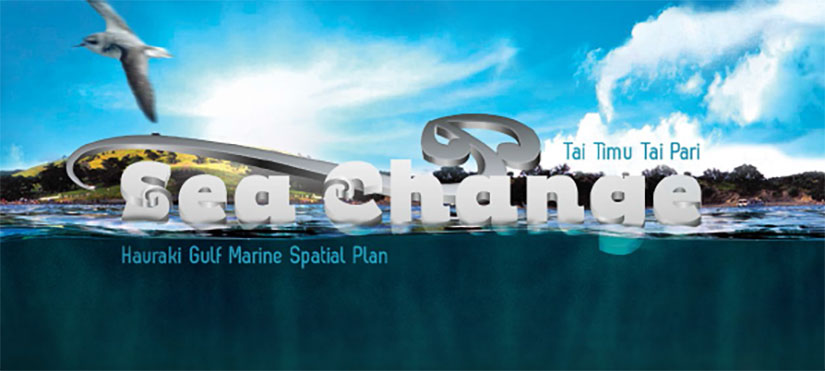
A refreshed process for Sea Change – Tai Timu Tai Pari was announced in September, with the final Hauraki Gulf / Tīkapa Moana Marine Spatial Plan now to be delivered in 2016.
New leadership was confirmed with Paul Beverley appointed as Independent Chair of the Stakeholder Working Group and Nigel Bradley confirmed as Lead Plan Writer.
Project Steering Group co-chair Councillor Penny Webster said extra time and breathing space for important discussions was required as the identified topics are complex and wide-ranging.
The Stakeholder Working Group reconvened their work in October and will continue to meet monthly to work through the issues and options identified through roundtable discussions with stakeholders.
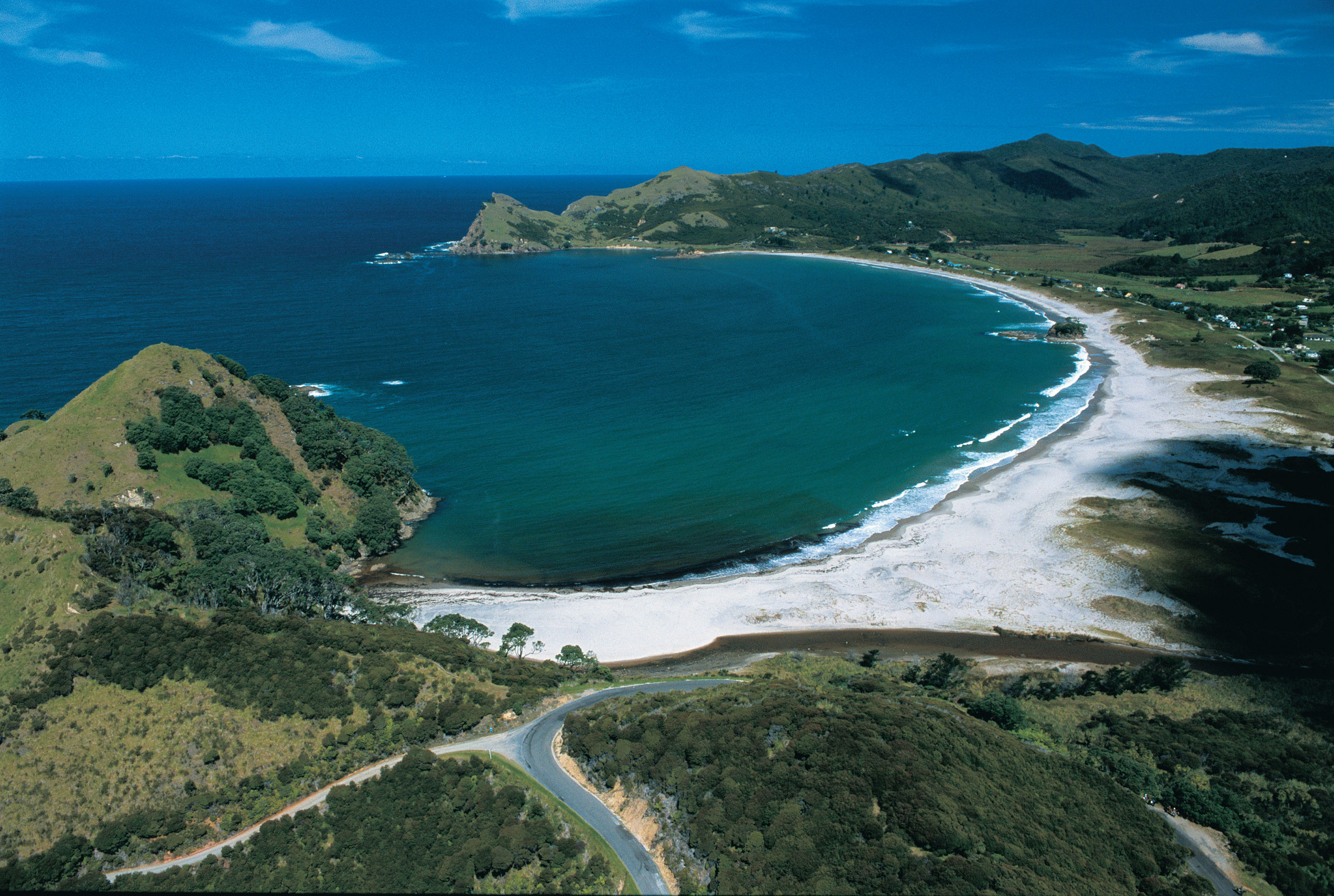
Two important conservation milestones were announced on Great Barrier Island/ Aotea during the National Party’s Bluegreens Forum held in Tryphena in April.
The Aotea Conservation Park was opened, formally protecting 12,000ha or more than 40% of the island for future generations.
Conservation Minister Maggie Barry also announced a planned acquisition of Glenfern Sanctuary on the Kotuku Peninsula—legacy of the late Tony Bouzaid—in a partnership between DOC and Auckland Council.